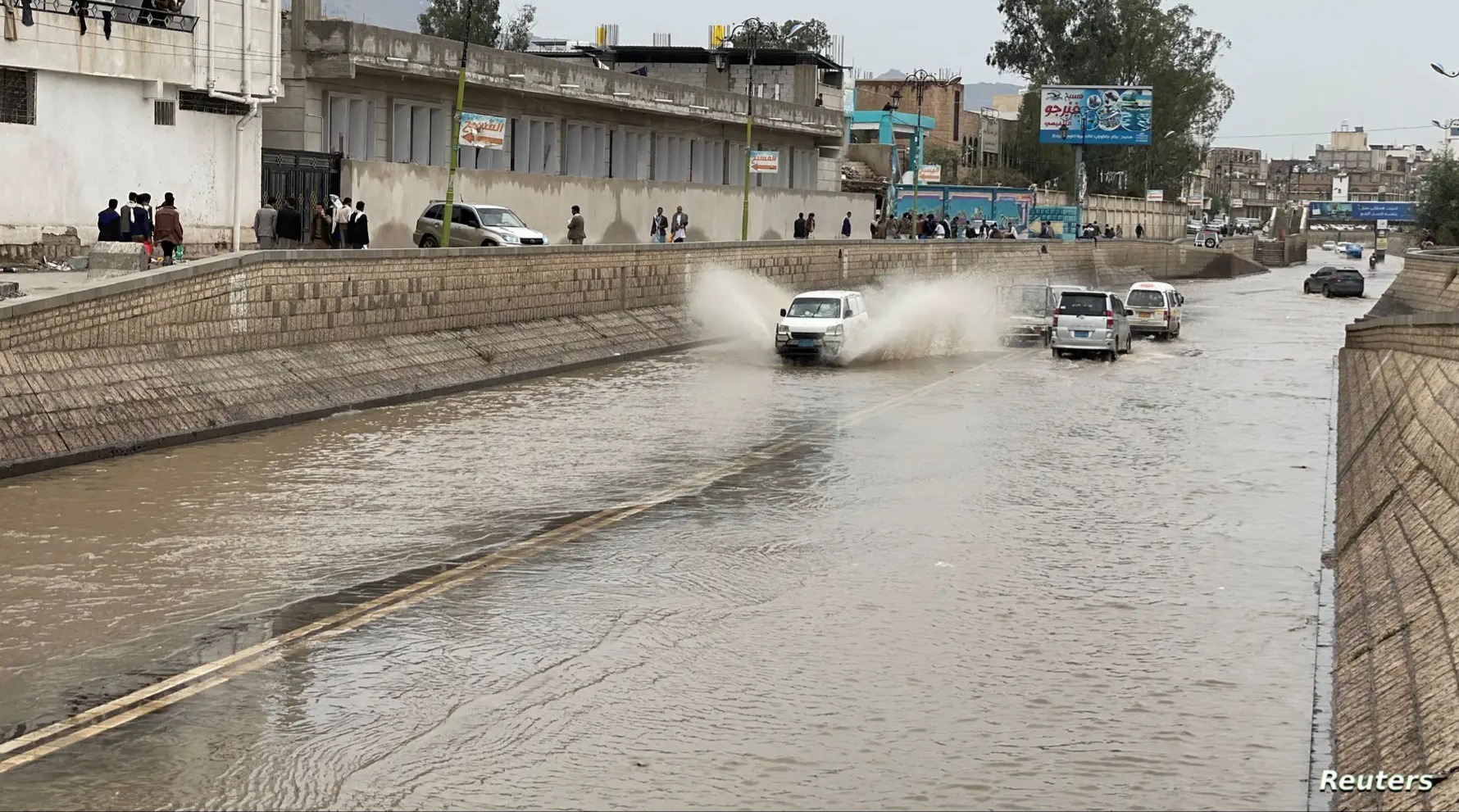
Barran Press
Recent torrential rains, floods, and thunderstorms have battered parts of the Arabian Peninsula, including Yemen and Saudi Arabia, during some of the hottest months on record. These regions have not witnessed such heavy rainfall in August before.
In Yemen, 67 people died and 12 others were injured due to heavy rains and floods that swept through the western province of Hodeidah in recent days, according to a report by the Emergency Committee.
On Thursday, Saudi Arabia experienced a new wave of thunderstorms, documented in videos shared on social media. The rainfall affected the regions of Jazan, Asir, and Al-Baha, with the heaviest downpours hitting Taif and Makkah. The clouds also extended towards the coastal city of Jeddah.
Jamal Al-Mousa, a consultant in the Training and Research Department at Arab Weather, explains that these weather conditions are not new or surprising but are intensifying in recent years, particularly in 2023 and 2024, due to climate change.
"The rise in air temperature contributes to its increased ability to store water vapor, leading to heavy rains and floods," Al-Mousa says. "Additionally, the increase in water surface temperatures due to global warming and rising greenhouse gas emissions has resulted in the formation of cumulus clouds and thunderstorms."
Regarding the direct scientific explanation for this wave of rainfall, Al-Mousa states that southwestern Saudi Arabia and Yemen experienced seasonal rains caused by the meeting of northeast and southeast winds reaching land, resulting in thunderstorms.
He continues, "The rainfall was also due to warm, moist air masses originating from the Indian Ocean, reaching the Arabian Peninsula, particularly its southern regions, encountering air with a different temperature and lower humidity. This led to a general decrease in temperatures and an increase in rainfall."
Last April, floodwaters inundated numerous roads in Saudi Arabia during a wave of heavy rains that hit the desert region of the Gulf.
The UAE also experienced heavy rainfall in April, with record floods disrupting life in several areas of Dubai, Abu Dhabi, and Sharjah.
Exceptional storms struck the Gulf region in mid-April, resulting in 21 deaths in Oman and 4 in the UAE, which recorded its highest rainfall in 75 years.
These extreme weather events are a stark reminder of the growing impact of climate change on the region and underscore the need for proactive measures to mitigate its effects.





